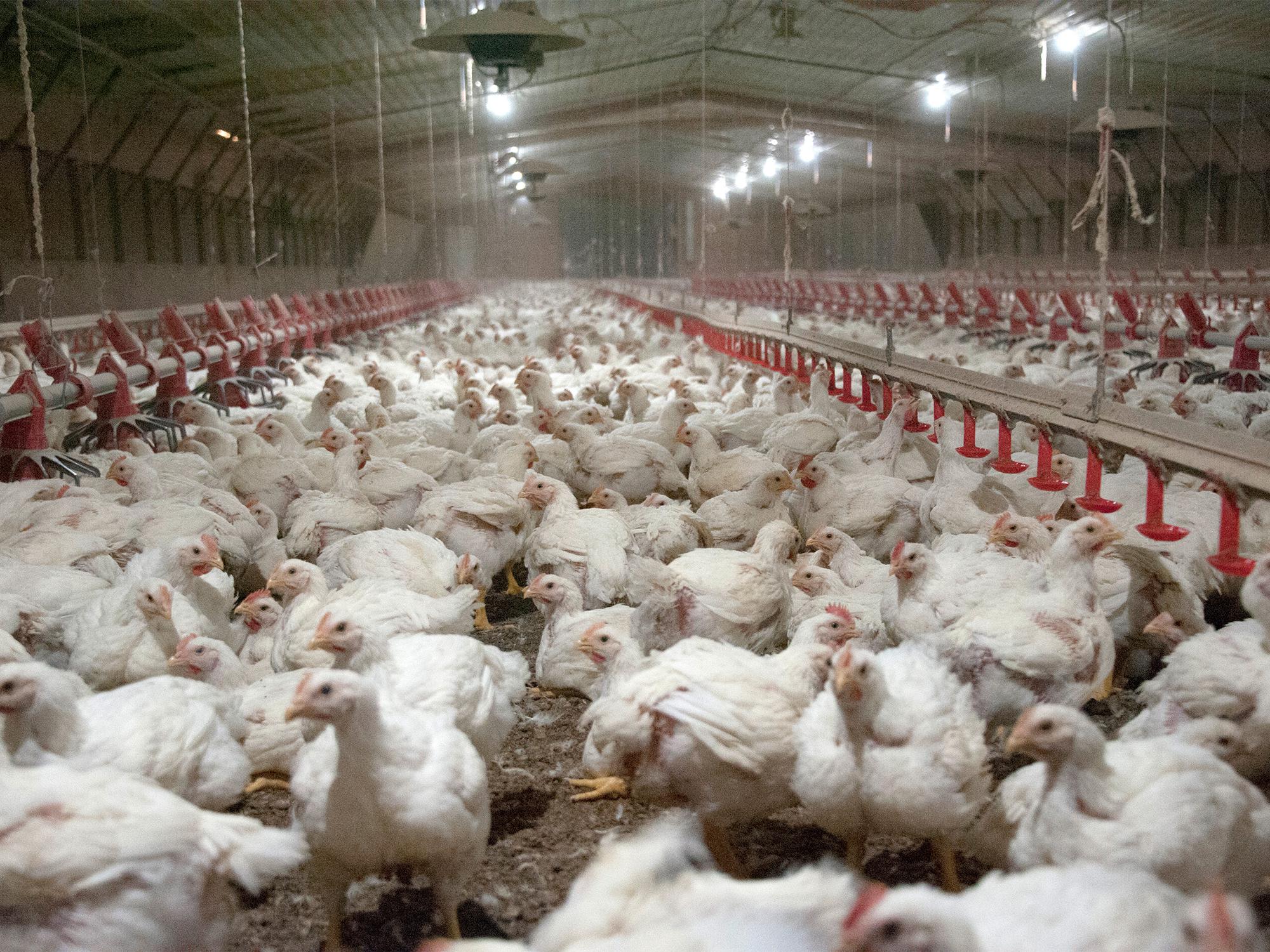Information Possibly Outdated
The information presented on this page was originally released on December 19, 2017. It may not be outdated, but please search our site for more current information. If you plan to quote or reference this information in a publication, please check with the Extension specialist or author before proceeding.
Poultry tops state’s ag value lists again
STARKVILLE, Miss. -- The poultry industry is the giant in the state’s agricultural economy, as its estimated 2017 production value of $2.8 billion nearly doubles the value of forestry.
Early figures from the Mississippi State University Extension Service show the industry grew at an estimated 13.4 percent from the 2016 value. Brian Williams, Extension agricultural economist, said higher broiler prices are responsible for the value increase.
“Pounds of production are actually down a little this year, but prices are up, and that is what is actually driving the value,” Williams said. “Average price per pound in 2017 was 7 cents higher than prices in 2016.”
The state is estimated to produce about 4.6 billion pounds of broilers in 2017, down slightly from the 4.7 billion pounds produced in 2016. The estimated pounds of production for 2017 is likely due in part to several companies that have begun growing slightly smaller birds.
Egg production value increased as well, up an estimated 18.6 percent from 2016. The number of eggs produced stayed relatively stable, but Williams said average egg price per dozen rose from $1.91 in 2016 to $2.27 in 2017. This figure is averaged across all eggs, including cage-free, free-range, organic and brown eggs, in addition to the standard commercial eggs produced.
“The poultry industry reaches pretty far into the state’s economy,” Williams said. “The poultry industry’s demand for feed causes Mississippi to be a grain-deficit state, which brings up prices for our row-crop producers.”
Mary Beck, head of the Department of Poultry Science at MSU, said poultry companies’ short-term expansion plans in the state are indications of the health of the industry.
“Demand for chicken remains strong, and chicken competes well with pork and beef as it costs less to produce,” Beck said. “As long as companies are looking to expand, this indicates the industry is in very good shape.”
The value of poultry to Mississippi goes far beyond the actual farm-gate value of the commodity. Many of the state’s other industries are affected as poultry production requires housing, processing equipment, litter management, animal health, transportation, labor and more.
Beck said the state’s poultry industry benefitted in 2017 from relatively low feed costs. Corn and soybeans make up the majority of poultry feed.
“Feed cost is 70 percent of what it takes to get a flock of chickens to market, but feed costs have been relatively low this year because there was a good harvest last year,” she said.
Growers did not face many challenges this year from disease pressure, but Beck praised Mississippi industry personnel for their attention to biosecurity measures.
“The last big industry disease outbreak was about 10 years ago,” Beck said. “There is a little bit of disease in backyard flocks from time to time, but biosecurity measures in place have prevented the industry in Mississippi from being affected.”
Mississippi remains No. 5 in the nation in poultry production, and industry personnel are optimistic for 2018.










